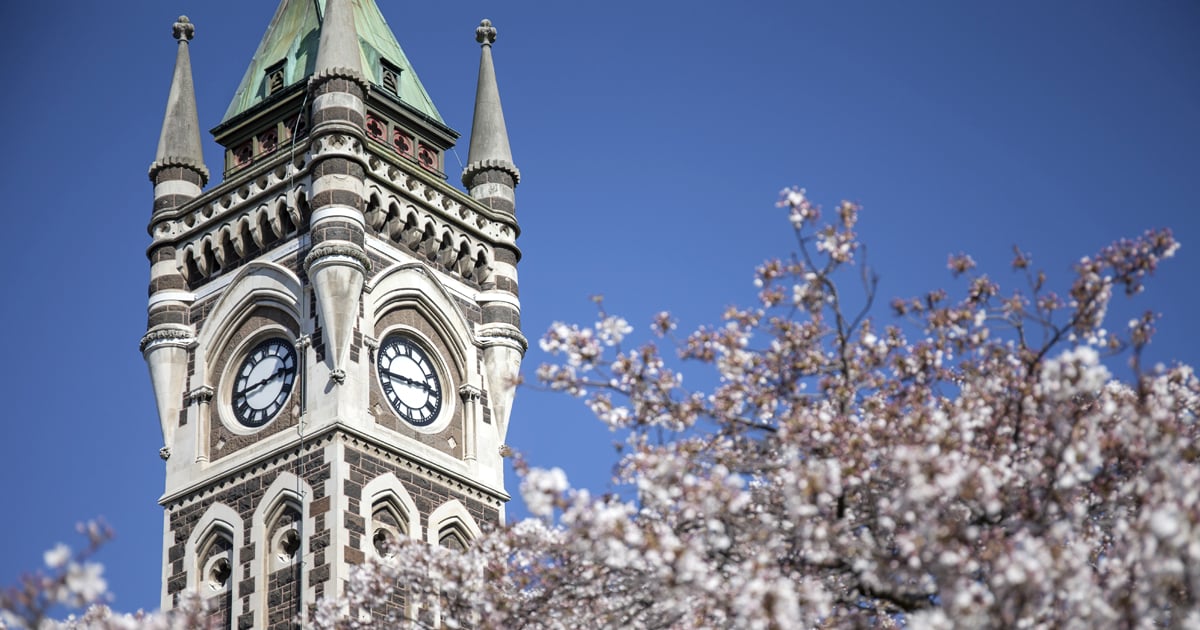Foundation settlement and tilt of the Millennium Tower in San Francisco, California
This seminar will be presented by Professor Jon Stewart, University of California, Los Angeles, USA.
The talk is highly relevant to the fields of geotechnical engineering and engineering geology, and Tim Plunket from GeoSolve Ltd will also be present as a representative of the New Zealand Geotechnical Society (NZGS). This talk is an excellent opportunity for geology students (and others!) interested in geotechnical careers and opportunities to learn more.
Abstract
The Millennium Tower is a 58-story reinforced concrete building that was constructed in San Francisco, California, between 2005 and 2009. The Tower is founded on an embedded pile-supported mat with pile tips bearing in dense marine deposits that overlie an overconsolidated marine clay layer known locally as Old Bay clay. This clay layer experienced stress increases from Tower self-weight and from multiple episodes of dewatering between 2006 and 2018 at the Tower site and neighboring sites, including one that was sustained for 6 years. Settlements of the Tower foundation have been measured since 2006, and lateral deflections of the Tower have been inferred and measured since 2009. The data show that during multiple episodes of “loading” (from stress increase or dewatering), settlements initially accelerated and then gradually slowed over time, as expected from consolidation principles. Similarly, lateral deflections (from foundation tilt) (1) accelerated following foundation construction activities at adjacent sites (dewatering and excavation); and (2) oriented toward adjacent excavations, which at various times occurred to the project south, north, east, and west of the Tower site. An objective of this paper is to describe this case history, including the geotechnical site conditions and results of a monitoring program that tracked foundation settlements, Tower tilt, groundwater levels at the Tower site, and ground inclinations over time. We also evaluate soil deformation mechanisms that likely produced the movements. We find that settlement amounts and time variations are well captured by one-dimensional and three-dimensional analyses of volume change in Old Bay clay and other foundation soils from primary consolidation and secondary compression, provided that time variations of stress increase and groundwater level are accounted for. Three-dimensional analyses also capture time variations of lateral deflections, which were caused by volume change and shear deformations in foundation soils, the latter having been affected by unloading from adjacent excavations.
